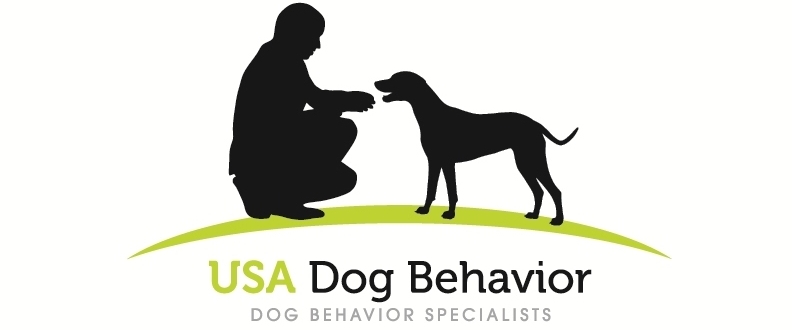Why I Hate the Term “Bad Dog”
Average Reading Time: 2 minutes, 44 seconds
© Scott Sheaffer, CBCC-KA, CDBC, CPDT-KA, USA Dog Behavior, LLC
You hear it all the time:
”I have a bad dog; she’s dangerous.”
”Bill needs to get rid of his bad dog.”
”Debbie’s dog is a bad dog and should be put down.”
Before I go any further, let me expound on the type of “bad dog” I’m writing about, since there are two types. The first type has to do with dogs who have poor manners. By “poor manners” I’m talking about dogs who annoyingly jump on people, chew on shoes, bark constantly, etc. You get the idea. This type of “bad dog” would more properly be described as unruly. I don’t like when people apply the “bad dog” moniker to these types of behaviors, but it’s a more acceptable use of this term than it is with the second type of “bad dog” detailed below.
The other type of “bad dog” is one who is aggressive (primarily toward humans who aren’t part of their human family). This kind of aggression manifests in multiple contexts. Here are some examples:
When passing by an unfamiliar human (i.e., unfamiliar to the dog) while out on a walk, the dog will initially pay a tremendous amount of attention to the human and as the human gets closer the dog may begin to do any, or all, of the following behaviors: whine, growl, bark, pull, lunge.
If an unfamiliar person (i.e., unfamiliar to the dog) enters the home where the dog lives, they will bark non-stop while moving aggressively toward the unfortunate visitor.
While sitting in a parked car, the dog will explode (not literally, of course, but it can look like they are) at any unlucky individual who happens to walk by in the parking lot.
These are just some examples of the things that can trigger this kind of “bad dog”. But if you take a moment to understand what is driving these kinds of aggressive behaviors, you’ll know why I don’t like the term “bad dog”.
What is driving these behaviors? In a word, fear. Notice how I referred to “unfamiliar humans” above. That’s because the primary driver of these behaviors is the dog’s fear of someone they don’t know. People (e.g., their human family) they know are of no concern because the dog knows they are safe with them.
These “bad dogs” are simply trying to move the scary human away from them to increase the distance which makes them feel safer. They are not protecting anyone or anything other than themselves.
These dogs are not bad, they are afraid. Sad really.
Can this be addressed and how? Yes, through desensitization and counterconditioning. Simply stated, we teach them not to fear unfamiliar humans. This reduces their need to keep these humans at a distance using aggression.
The observed aggression is a symptom of their fear. The root cause of their aggression is fear.
See a certified behavior consultant who specializes in human aggression for help if you have a dog who is presenting with aggression toward unfamiliar humans.
Read More
Why is my Sweet Dog so Aggressive to People Outside of Our Family?
Pretenders Who Claim to Treat Aggressive Dogs, Buyer Beware



